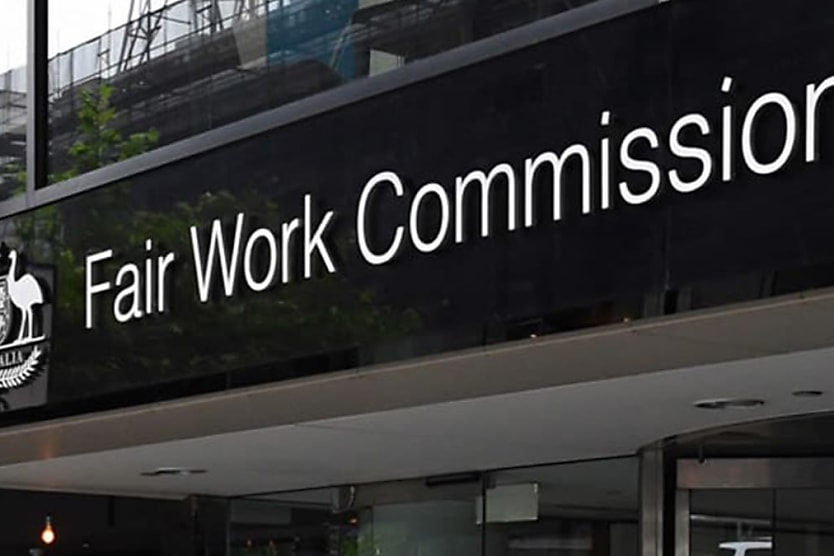Proceedings over unions’ application to remove junior pay rates for young adults get started
SHARE THIS ARTICLE

Yesterday (27 October), proceedings got underway in the Fair Work Commission pertaining to the fate of junior rates of pay, featuring submissions from numerous unions, including the Shop, Distributive and Allied Employees’ Association (SDA), the Australian Retailers Association (ARA), and the Australian Council of Trade Unions (ACTU).
How much are they getting paid?
The SDA applied to the commission to remove junior pay rates for workers aged 18 and over in retail, fast food, and pharmacies. Currently, workers aged 18 to 21 are paid under discounted adult award rates. Workers aged 20 are paid 90 per cent of the rate, workers aged 19 are paid 80 per cent of the rate, and 18-year-olds receive 70 per cent. At present, these junior pay rates are applied to workers under the age of 21 under the General Retail Industry Award, Fast Food Industry Award, and Pharmacy Industry Award.
The SDA said its application is “carefully balanced”, and it proposes junior pay rates still apply to workers under 18 years old. SDA national secretary Gerard Dwyer said: “Most workers in the sector are highly experienced by the time they are 18. They are most likely to have started when they were 15 or 16. There is no justification for paying them 30 per cent less.”
Both the SDA and the ACTU outlined that the cost of living does not discriminate between ages. ACTU president Michele O’Neil said: “That pay gap isn’t small. An 18-year-old needs 50-plus hours a week to earn what an adult makes in 38. The bills don’t get reduced because you’re younger. The rent doesn’t care about your birthday.”
Backlash against the fight
Employers said the junior pay rate was necessary and that its abolition would “work against the federal government’s plans to raise productivity”, said ARA chief executive Chris Rodwell. He stated that the retail industry is the largest employer of young Australians, currently employing more than 500,000 workers under 24 years old. “If junior rates are tampered with, the impact on already high youth employment could be dire – particularly in regional areas,” he said.
In collaboration with the National Retail Association, the ARA commissioned a survey that found 77 per cent of retailers would likely cut junior hiring if the pay rates were equalised. Based on the results, 56 per cent of respondents said the removal of junior pay rates for young adults would increase business costs, which would be passed on to consumers.
“In addition to higher youth unemployment, equalising junior and senior rates will narrow critical pathways into work for young Australians, especially in small and family-run businesses that operate on tight margins and can’t absorb additional costs,” Rodwell said.
Rodwell said junior rates reflect junior experience levels, which gives employers an incentive to take them on. Removing this will make it harder for young Australians to enter the workforce, leading to employers favouring more experienced candidates, he said.
However, echoing Dwyer, O’Neil said: “By 18, they know the systems, the customers, the weekend rush. Many can run a close. They often supervise older workers. Paying them less just because they’re younger doesn’t reward work. It unfairly discounts it.”
According to O’Neil, young workers in New Zealand move to full pay after six months, and workers aged 16–19 start off receiving about 80 per cent of the adult award rate. In most Canadian provinces, youth rates do not exist, she said.
Carlos Tse
Carlos Tse is a graduate journalist writing for Accountants Daily, HR Leader, Lawyers Weekly.

